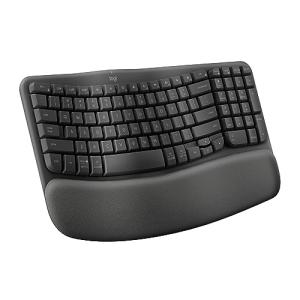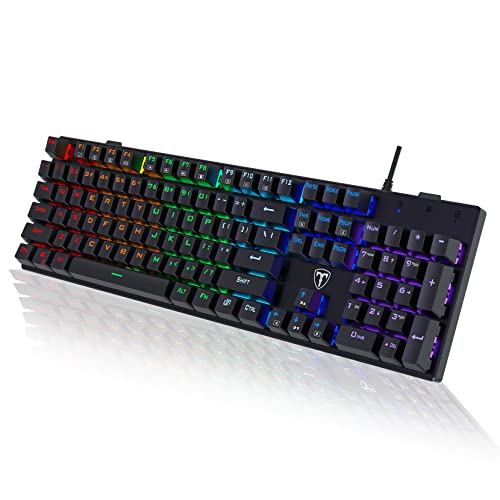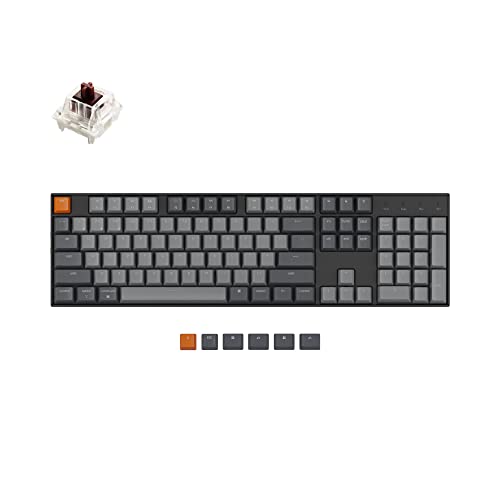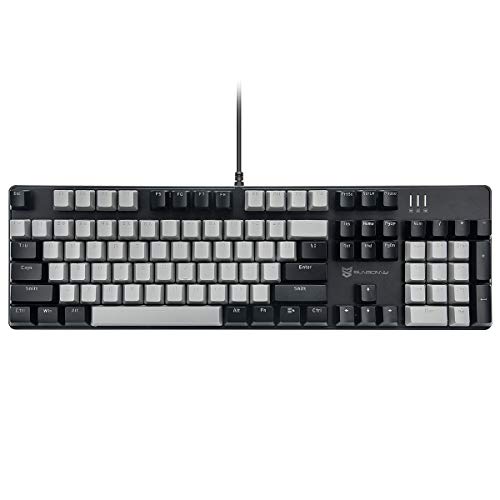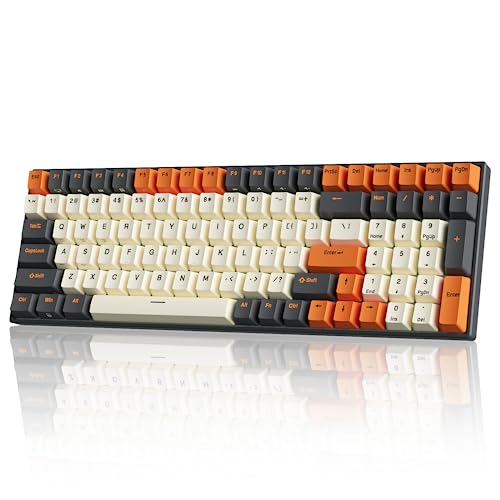If you're on the hunt for Ergonomic Mechanical Keyboards, you’re in the right place. These keyboards aren't just about looks; they’re designed to keep your hands comfortable while typing away for hours. Let’s check out some top picks that hit all the right notes.
First up is the Logitech G915 TKL. This beauty combines sleek design with incredible comfort. With its low-profile switches, you can type smoothly without straining your wrists. Plus, the customizable RGB lighting gives it a personal touch. It really stands out as one of the best Ergonomic Mechanical Keyboards on the market.
Next, take a look at the Ducky One 2 Mini. This compact keyboard might be small, but it packs a punch! The ergonomic design and sturdy build make it a fantastic choice for gamers and typists alike. Its PBT keycaps feel great under your fingers, and you can easily switch out the key switches to suit your preference.
If you want something a bit different, the Kinesis Advantage2 is a great option. This keyboard features a unique layout that supports a more natural hand position. Its split design and concave key wells promote a relaxed posture, reducing strain on your fingers and wrists. It’s certainly one of the top Ergonomic Mechanical Keyboards for serious comfort.
Last, but definitely not least, check out the Razer BlackWidow Lite. With quiet mechanical switches, this keyboard is perfect for those who work in shared spaces. The compact design doesn’t compromise on comfort, and its minimalistic look makes it fit right at home on any desk. It's a smart pick if you're looking to blend functionality with style in your Ergonomic Mechanical Keyboards.
Features That Make Keyboards Comfortable
When you're spending hours typing away, comfort is key. Ergonomic Mechanical Keyboards come packed with features designed to keep your hands happy. Here are some standout features that make a real difference.
1. Key Switch Types: Not all key switches are created equal. Look for options like Cherry MX Brown or Blue switches. They offer tactile feedback, so you know when you’ve pressed a key without having to slam your fingers down. This can reduce strain over time.
2. Wrist Support: Padding on the wrist rest is a game changer. It helps keep your wrists in a natural position and minimizes stress. Some keyboards even come with detachable wrist rests, giving you the flexibility to use them or not.
3. Split Designs: Some Ergonomic Mechanical Keyboards feature a split layout, allowing you to position each side to suit your hands. This can help with posture and reduce tension in your shoulders and neck. It’s like having a keyboard that adapts to you!
4. Adjustable Tilt: A keyboard that allows you to adjust its tilt can make a world of difference. Whether you prefer a flat surface or a slight angle, being able to customize your setup keeps you comfortable and focused.
Logitech Wave Wireless Ergonomic Keyboard - Graphite
Experience comfortable typing with a sleek design that reduces strain on your wrists
Product information
$69.99
Product Review Score
4.13 out of 5 stars
163 reviewsProduct links
How to Choose the Right Keyboard
Choosing the right keyboard can make a big difference in how comfortable and productive you feel while typing. With so many options out there, it’s important to know what to look for, especially when it comes to Ergonomic Mechanical Keyboards. These keyboards are designed to help keep your wrists and hands in a natural position, reducing strain during long typing sessions.
First, consider the keyboard layout. Many Ergonomic Mechanical Keyboards feature a split design that allows your hands to rest at a more comfortable angle. This can help prevent fatigue and discomfort. If you have limited desk space, look for compact options that still maintain those ergonomic benefits.
Next, think about the switches. Mechanical keyboards come with different types of switches, which can impact the feel and sound of your typing. Some people prefer a tactile response, while others like a quieter touch. If you’re unsure, look for a keyboard that lets you try out different switch types. It’s all about finding what feels best for you.
Don't overlook features like adjustable height. Some Ergonomic Mechanical Keyboards come with height adjustments or wrist rests that can enhance comfort. Check for customizable keys too. Being able to program shortcuts can speed up your workflow significantly, making these keyboards not just comfortable but also super functional.
Lastly, read reviews from other users. Hearing about real-life experiences can help you figure out if a keyboard meets your needs. Whether you're a gamer, writer, or just someone who spends a lot of time typing, finding the right Ergonomic Mechanical Keyboard can improve your overall experience. Take your time, test a few out, and select one that feels like it was made just for you!
DIERYA DK63 60% Wireless RGB Mechanical Keyboard
Experience a compact design with vibrant RGB lighting and wireless freedom for your ultimate typing and gaming sessions
Product information
$43.99 $39.99
Product Review Score
4.93 out of 5 stars
215 reviewsProduct links
Tips for Improving Your Typing Experience
If you’re diving into the world of Ergonomic Mechanical Keyboards, let's talk about a few tips to level up your typing experience. You might be surprised at how small changes can make a big difference!
First off, consider your keyboard layout. Most people stick with the standard layout, but if you often find yourself reaching for certain keys, a more customized layout could save you some strain. Some Ergonomic Mechanical Keyboards even let you remap keys or switch layouts, which can speed things up while keeping your hands comfortable.
Don’t forget about the angle! The right keyboard angle can help reduce wrist strain. Many Ergonomic Mechanical Keyboards come with adjustable feet or even tenting features that raise the center of the keyboard. Play around with different angles until you find one that feels just right for your hands.
Lastly, take breaks. Even with the best Ergonomic Mechanical Keyboards, sitting for long stretches can lead to fatigue. Try the Pomodoro technique: work for 25 minutes, then take a 5-minute break. Use that time to stretch your fingers, wrists, and back. Your body will thank you!
